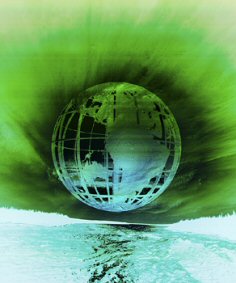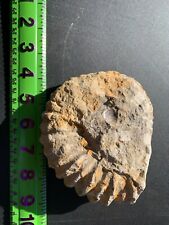
A supernova gamma ray burst that could extinguish all life on Earth is one apocalyptic scenario that doesn’t get much airtime in the mass media. Asteroids and global warming tend to hog the headlines, probably due to the fact that they are much closer to home; well, in our local solar system anyway, whereas a lethal gamma ray burst (GRB) could come from anywhere within 3,000 light years.
GRBs are high-energy beams of radiation that shoot out from the magnetic poles of a star during a supernova explosion. Scientists have speculated that past mass extinctions on Earth may have been caused by GRBs, and if a GRB happened today it could easily wipe humanity from the planet. But understanding the risk posed by GRBs is not easy. They are rare events, happening only every few years and the distances involved are so great that comprehensive study and analysis is difficult.
But now it seems that GRBs may not pose as much a danger to Earth, or indeed any other potential life in the universe, since they are unlikely to occur where life would develop. The new study, by astronomers at Ohio State University, found that supernova GRBs tend to occur in small, misshapen galaxies that lack “heavy” chemical elements (anything other than hydrogen, helium and lithium is heavy, and referred to as a metal). But the Milky Way is different from these GRB galaxies on all counts – it’s a large spiral galaxy with lots of heavy elements.
Of the four galaxies, the one with the most metals – the one most similar to ours – hosted the weakest GRB. The astronomers determined that the odds of a GRB occurring in a galaxy like that one to be approximately 0.15 percent. Because the Milky Way’s metal content is twice as high as that galaxy, the odds of a GRB would be even lower than 0.15 percent. “We didn’t bother to compute the odds for our galaxy, because 0.15 percent seemed low enough,” explained team member Krzysztof Stanek. “I wouldn’t expect the stock market to go up as a result of this news, but there are a lot of people who have wondered whether GRBs could be blamed for mass extinctions early in Earth’s history, and our work suggests that this is not the case,” he added.


















Comments are closed.